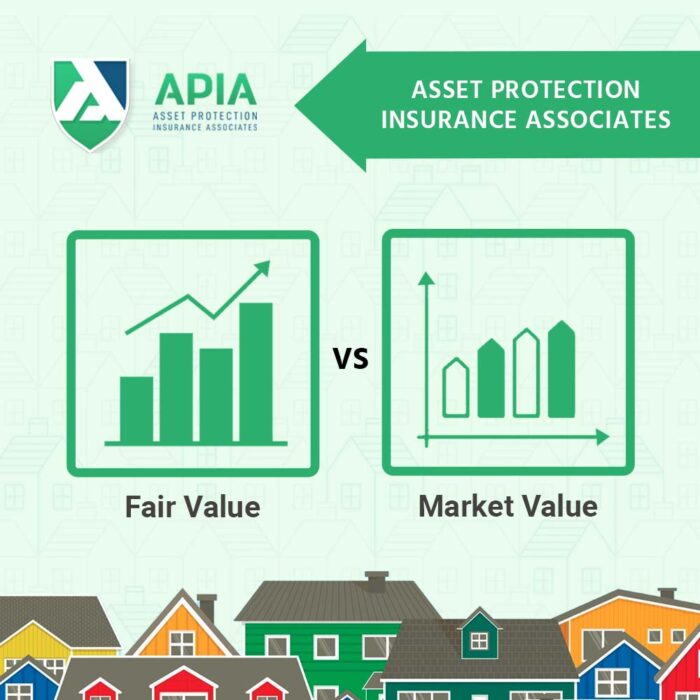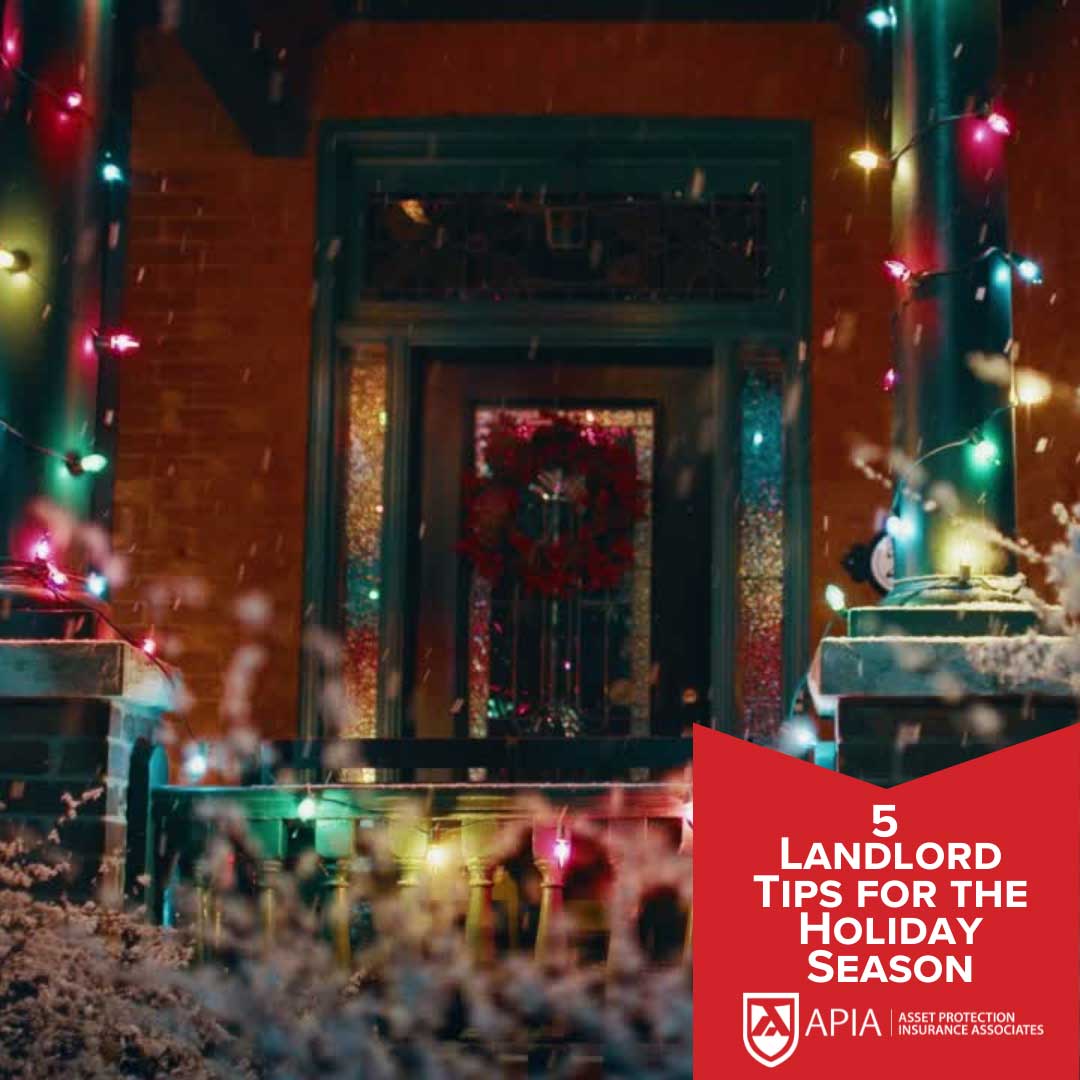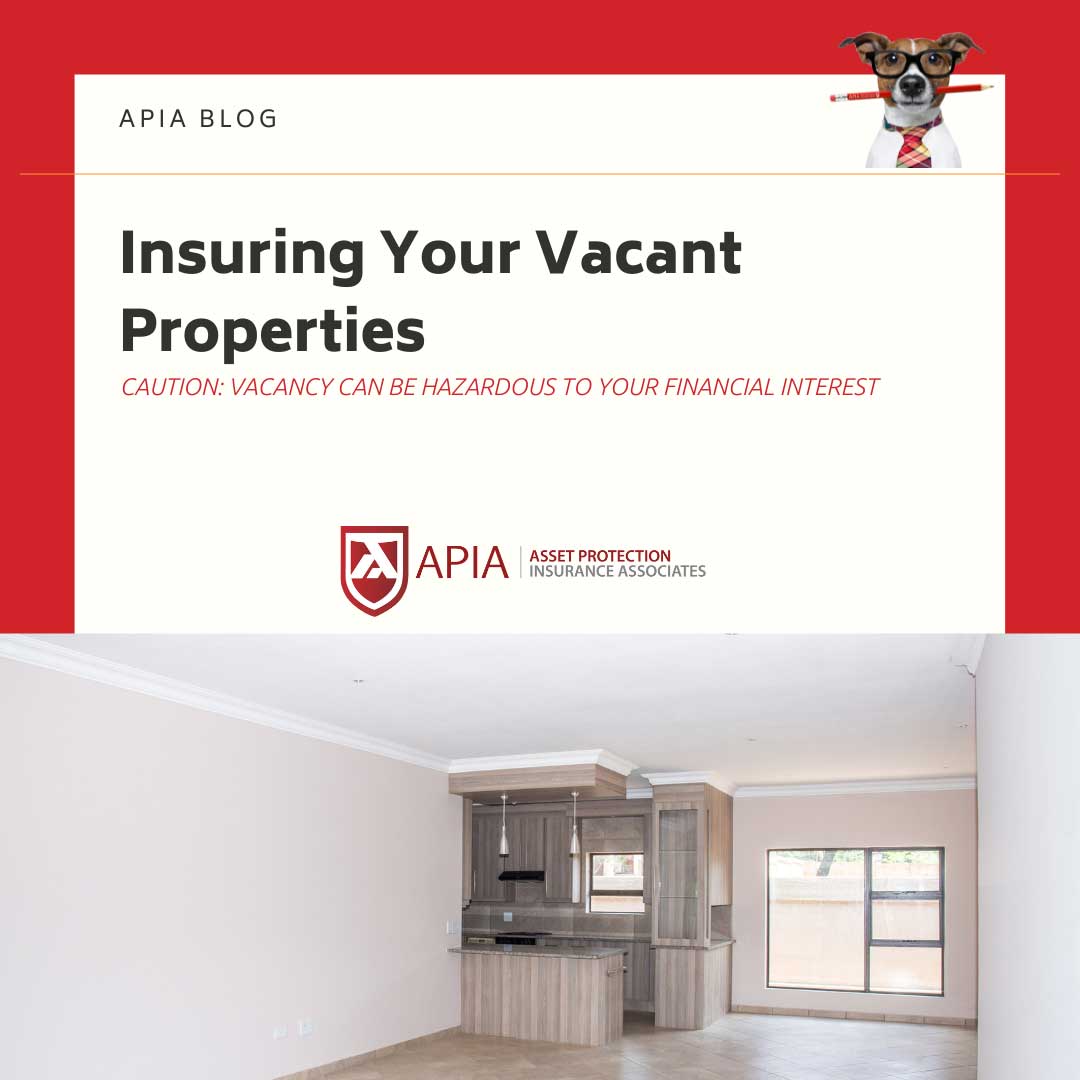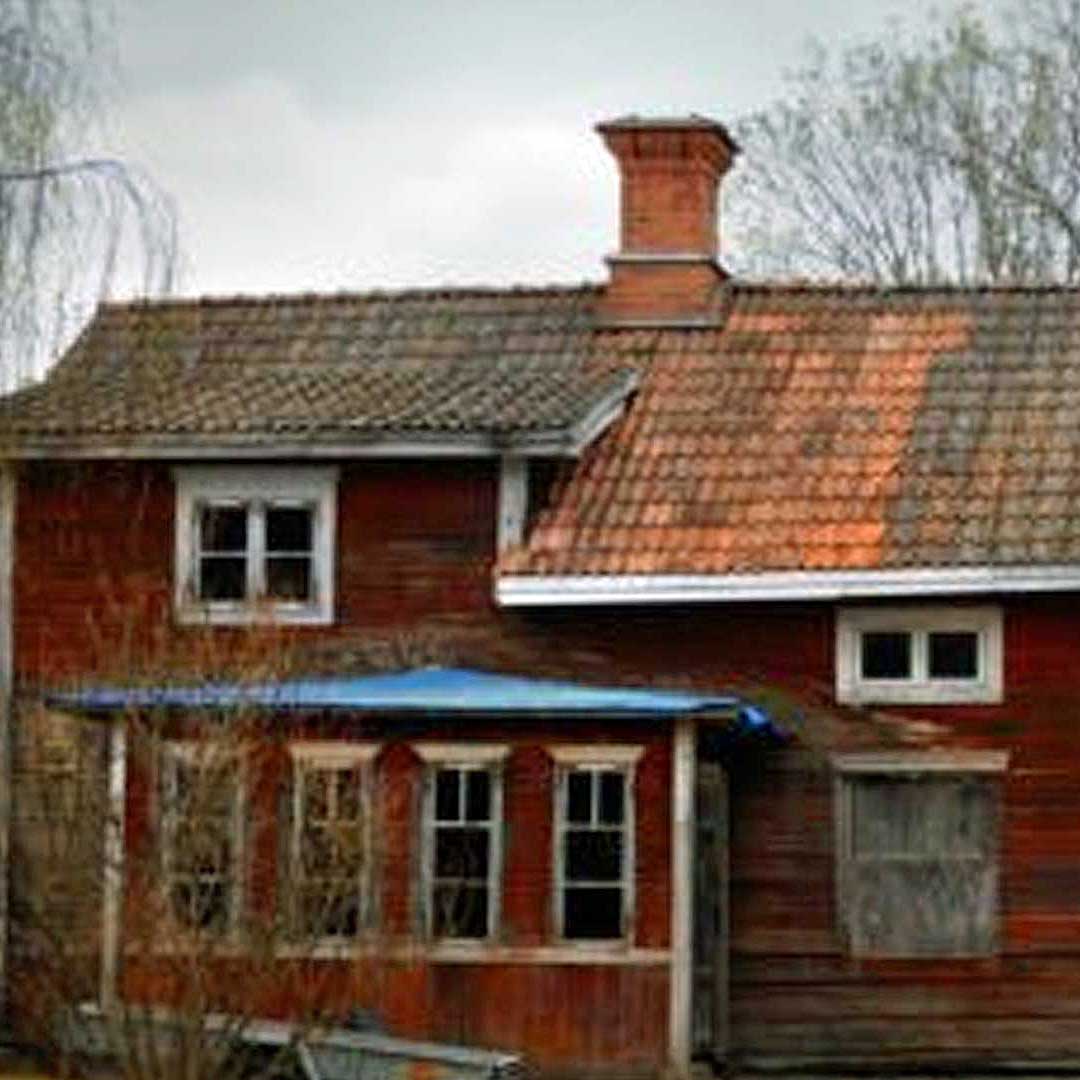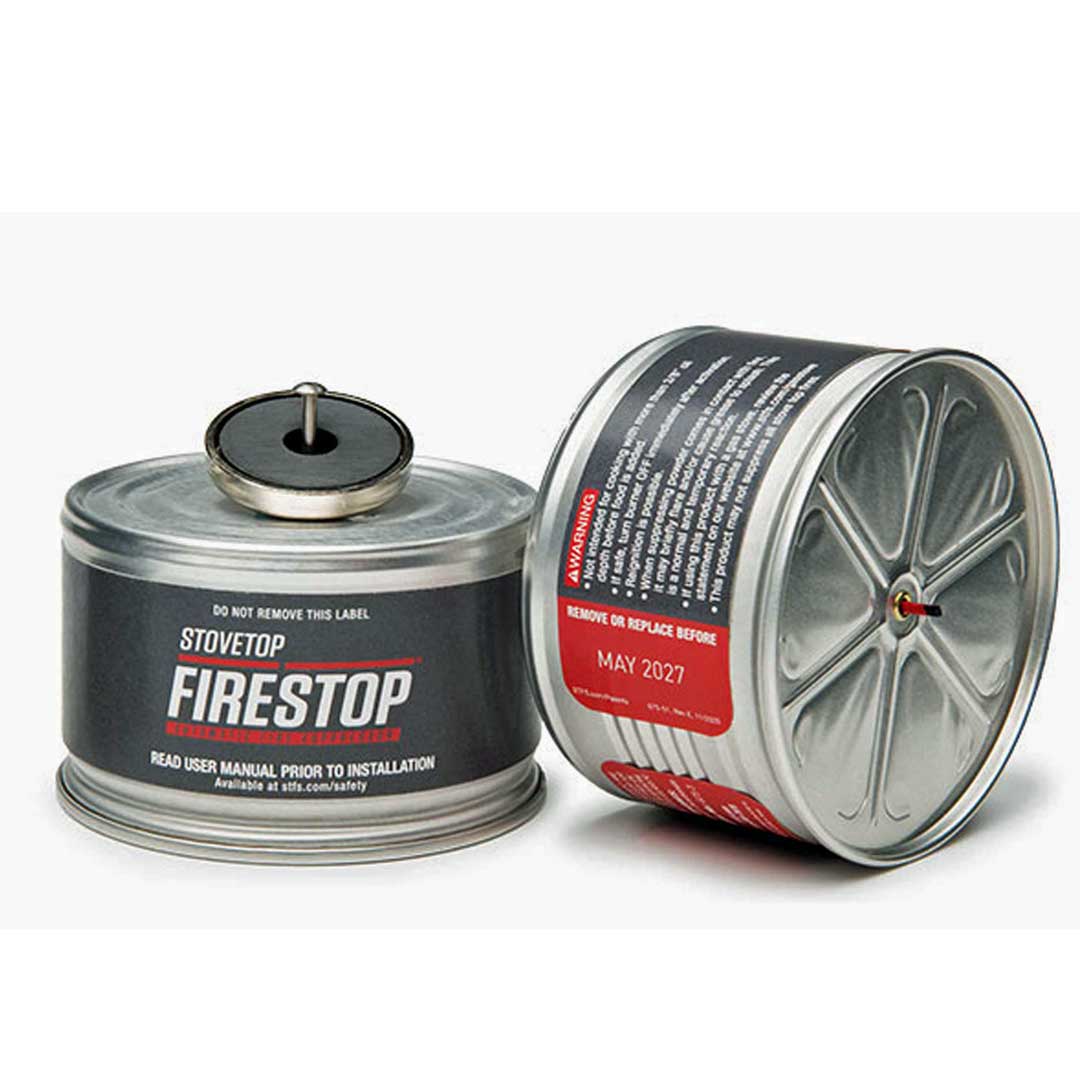
“Save Lives, Save Property, Save Money™” is the trademark of a company whose products suppress kitchen grease fires–even unattended grease fires!
Certainly, these words should be thought-provoking for real estate investors. Especially for those who hold properties and have the welfare of their tenants in mind. Fire suppression systems have long been common in restaurants, but now they can also be installed in residential homes.
Protecting What Matters
Many investors have found that installing one of these systems is less expensive that recovering from fire and smoke damage.
Each year, tenant fires are a reality for thousands of people in the U.S.. Installation of a simple fire suppression canister system could protect an owner’s investment and reduce risk. According to the Top 5 Causes of Apartment Fires | ApartmentGuide.com website, the main cause of tenant fire stems from cooking, and accounted for $1.4 billion in loss.
Fire suppression systems for residential properties
Fire suppression systems are offered by a variety of companies like Fire Pros, Guardian and StoveTop FireStop.
For example, danger of cooktop grease fires can be virtually eliminated by simple, magnetic installation of the StoveTop FireStop, the original cooking fire suppressor that puts out unattended grease fires automatically. “The fuel-based system is only triggered by direct, sustained contact with a flame, so there is no chance of a false alarm. Once deployed, the non-toxic, fire-suppressing powder can be cleaned up with a wet rag and a vacuum.”
StoveTop FireStop reports that they offer wholesale pricing for real estate investors interested in making bulk orders for their properties. Any reduction of fire risk, especially one that stops a stove fire at the source, is cost effective. Being proactive in fire prevention just makes good sense.
For a better idea of how these fire suppression systems work and the different options available, take a look at the three models that Stovetop Firestop offers, but also review what Fire Pros and Guardian have to offer.
The Stovetop Firestop
The three models include the following:
- Under the Range Hood (Rangehood 675-3D): The canister-based fire suppressor mounts under the range hood by a simple, magnet-based installation. One pair of canisters will protect a typical residential, 4-burner stove. They work by automatically deploying when a flame from the burners comes indirect, sustained contact with the canister’s fuse. No maintenance or inspection needed, and they have a 6-year effective life.
- Under the Microwave (Microhood 677-1/677-2): Under the Microwave hoods are designed for kitchens with over-the-stove microwaves or limited space above the cooking surface. A pair of canister-based fire suppressor units are mounted to the back wall of the kitchen, directly under the microwave, over the stovetop. Alternative mounting options are available. They work by automatically deploying when a flame from the burners comes in direct, sustained contact with the canister’s fuse. These systems require no maintenance or inspection. And there is a 6-year effective life. Color options include black and white.
- New, Next Generation Under the Microwave (STFS LowPro 679-1A): The canister-based fire suppressor is more modern in appearance and blends in better in contemporary kitchens. The new ramp system delivers all the powder to the fire on the front or rear burner. It is designed to be concealed under the microwave or a modern flat-bottom ventilation hood, mounted by magnets. Alternative mounting options are available. The LowPro works by automatically deploying when a flame from the burners comes in direct, sustained contact with the canister’s fuse. The LowPro requires no maintenance or inspection and has a 6-year effective life.
Have questions about Fire suppression systems for residential properties or other ways to protect your residential property?

